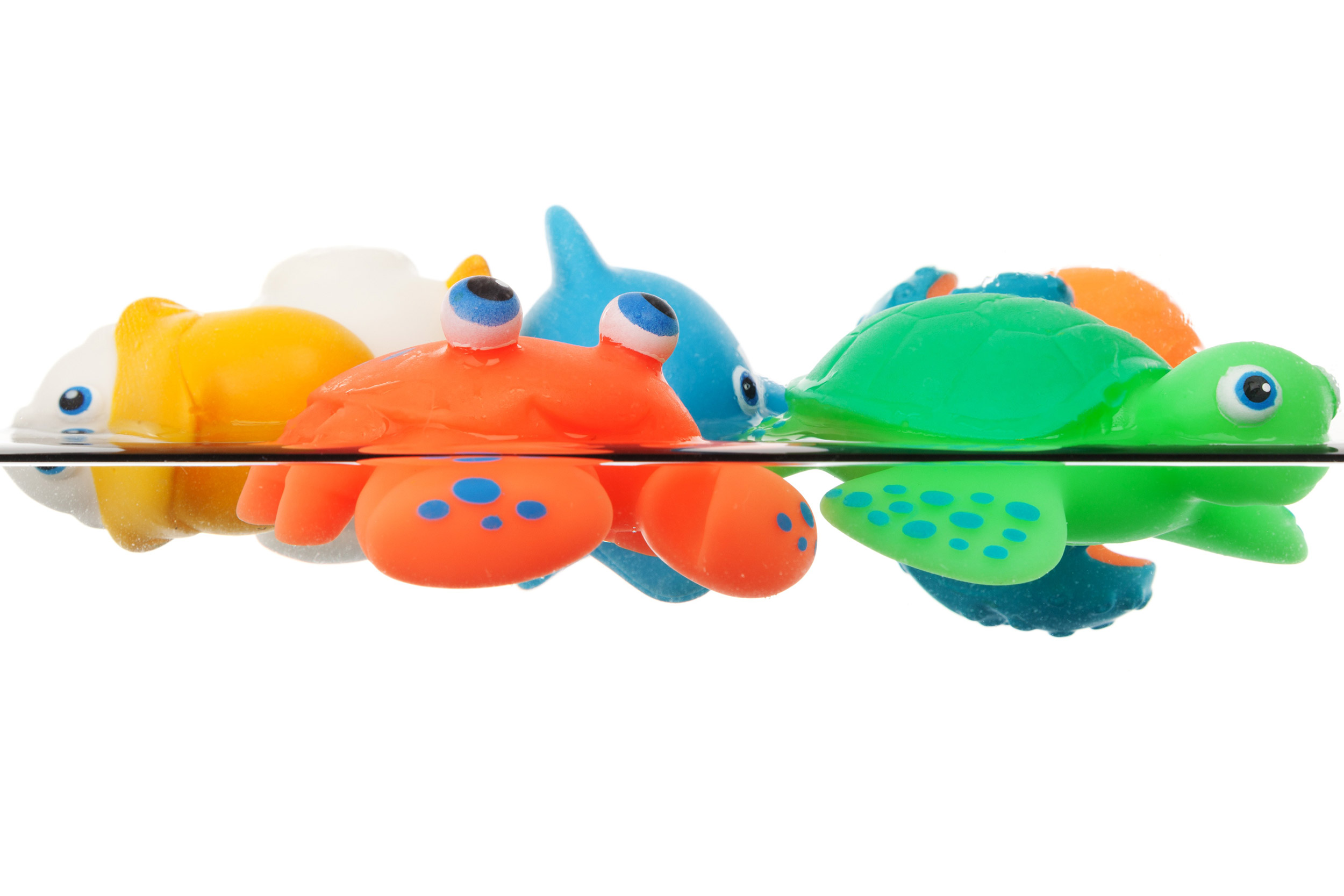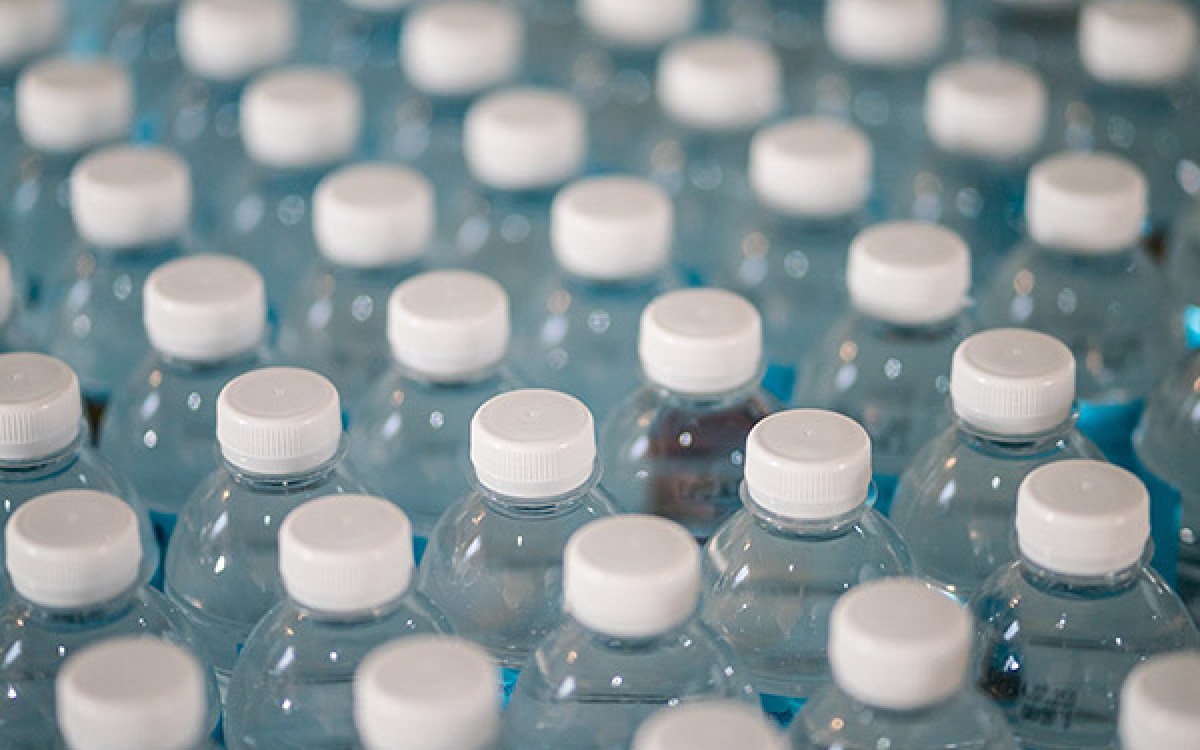DNA damage linked to plastic additive

Pixabay
Worm study shows how a common chemical disrupts reproductive biology
Researchers at Harvard Medical School and the New York State Department of Health have discovered how a common plasticizer associated with human reproductive abnormalities likely does its damage at the molecular level.
For years, scientists have linked exposure to DEHP, short for di(2-ethylhexyl) phthalate — a chemical added to many plastics to make them flexible — to increased risk of health problems, including reproductive abnormalities such as birth defects and male infertility.
Various U.S. federal and state agencies responded by passing laws limiting the percentage of DEHP and other phthalates in children’s toys, food packaging, drinking water, and other items, although DEHP can still be found in everyday products ranging from medical devices to rain gear to shampoo.
Meanwhile, it remains unclear what exactly DEHP does to the body and how much exposure can be considered safe.
To help answer those questions, Monica Colaiácovo, professor of genetics in the Blavatnik Institute at Harvard Medical School, and colleagues turned to Caenorhabditis elegans, worms that are a common model organism for studying human genetics and biology.
The findings, reported Jan. 9 in PLoS Genetics, show that DEHP disrupts meiosis — the type of cell division that results in eggs and sperm — in several ways, leading to defects during egg formation and very early embryonic development.
“These are completely new findings and hopefully will shed some light as to how this phthalate impacts human reproductive health,” said Colaiácovo, who is senior author of the paper.
The insights could have implications for those who are pregnant or of reproductive age, for regulation of DEHP and other phthalates, and for the ongoing development of “green chemicals” intended to replace phthalates.
In her search to “understand everything that matters to make sure you end up with the right number of chromosomes in the eggs and sperm,” Monica Colaiácovo has discovered that meiosis can be disrupted not only by genetic mutations but also by exposure to toxic chemicals present in the environment. Credit: Harvard Medical School.
Double trouble
Colaiácovo’s lab had previously adapted a strategy in which C. elegans eggs glowed green if they developed abnormal numbers of chromosomes. In people, such abnormalities cause more than 35 percent of miscarriages and 4 percent of stillbirths, as well as infertility and conditions such as Down syndrome.
In 2019, Colaiácovo used the worms to quickly screen dozens of common chemicals for those that altered worm egg chromosomes and were therefore likeliest to cause similar abnormalities in humans.
DEHP appeared high on the list, along with several other phthalates.
In the new study, the team discovered that DEHP causes trouble in two ways.
First, it causes an excessive number of double-strand DNA breaks as the worms’ “parental” genetic material recombines in their eggs. The chemical appears to do this by altering chromosome length and relaxing the normally tightly wound structure of chromatin, exposing more DNA to potential breakage.
DEHP then compounds the problem by interfering with the system that’s supposed to shut down excess breakage during meiosis.
The insights could have implications for those who are pregnant or of reproductive age, for regulation of DEHP and other phthalates, and for the ongoing development of “green chemicals” intended to replace phthalates.
The results: breaks aren’t properly repaired during meiosis, chromosomes have abnormal morphology, eggs contain the wrong number of chromosomes, and embryos are less viable, the team found.
Problems persisted past meiosis and into the first round of mitotic cell division in the worm embryos. The researchers did not investigate changes beyond this stage of development.
Low dose, high impact
Analyses showed that the worms were exposed to, and metabolized, low levels of DEHP, comparable to levels that have been detected in urine samples from the general human population. The discovery concerns the researchers because it reveals that even small amounts of DEHP can disrupt meiosis.
The findings also suggest that the worms process DEHP similarly to how mammals do, bolstering their usefulness as a model, said Colaiácovo.
Notably, the effects of DEHP exposure varied from worm to worm.
“Not every worm is affected, nor affected to the same degree,” said Colaiácovo. But that is a feature, not a bug, of the experiment, she added.
“Not everyone metabolizes DEHP in the same way,” Colaiácovo explained. “The route and duration of exposure, a person’s age and diet, these are just some of the factors that can result in some people being more affected by low-level exposure to a given chemical than other people.
“You need large numbers to get a complete picture of what a chemical like DEHP may be doing, and we can easily achieve that using worms,” she said.
More work will be needed to determine whether the worm findings hold true for humans. In the meantime, Colaiácovo will continue to investigate how various chemicals alter reproductive biology — one piece of the puzzle of how they affect human health overall.
Luciann Cuenca, a former graduate student in the Colaiácovo lab who is now at the Lando & Anastasi IP law firm, is first author of the paper.
This work was supported by the McKenzie Family Charitable Trust and a fellowship from the Lalor Foundation.







